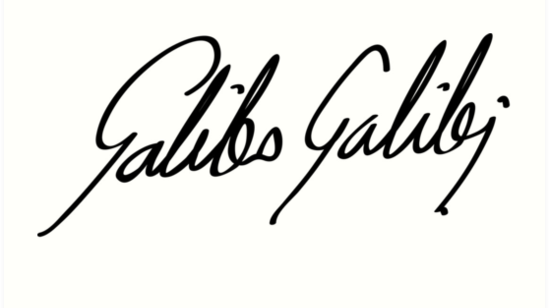Galileo experimented, pondered, and tested theories thereby laying the foundations of what we now know as the scientific method. He was also a keen observer, inventer and thought deeply on almost everything – definitely a Renaissance man. It’s an understatement to say he was very clever, and he was very clever at many different things, so clever in fact that he is considered one of the central figures of the scientific revolution and is still touted as the hero of modern science. Astronomer, physicist, mathematician, inventor, and philosopher, Galileo appears to have been a very busy man with a very curious nature and isn’t this what we love to see in our students?
If Galileo were alive today, what model of learning would he champion? Project-based learning? Interdisciplinary? Personalized? Makerspace?
You cannot teach a man anything; you can only help him find it within himself.

First of all, project-based learning would have been right up Galileo’s alley. Maybe it’s even his forgotten discovery! In truth, I jest, but you can see it right? Project-based learning is SO Galileoesque! Project Based Learning is a teaching method in which students gain knowledge and skills by working for an extended period of time to investigate and respond to an authentic, engaging, and complex question, problem, or challenge. Given the experimental nature of much of Galileo’s work, exploring a problem or complex question definitely fits his pattern. For example, after hearing about the invention of a ‘spyglass’, he went about constructing his own and improving the design in the process. The original spy glasses could only magnify about 3 times, whereas Galileo managed to magnify to 20 times. This became the basis for the telescope and how he was subsequently able to look at the moon, discover four of Jupiter’s satellites, observe a supernova, establish the phases of Venus and discover sunspots, all of which allowed him to verify that the planets revolve around the sun (the Copernican system), not the earth (the geocentric system).
His other accomplishments can be considered investigations of authentic, engaging challenges through experimenting and observation. His biography shows time and time again his inquisitive nature and his pursuit to answer problems. He definitely believed in using your mind:
“I do not feel obliged to believe that the same God who has endowed us with sense, reason, and intellect has intended us to forgo their use.”
Galileo continually challenged himself, that’s for sure. He also didn’t look at failure as an end to his learning journey – he didn’t graduate university, but that didn’t stop him! When one avenue didn’t work, he pursued another. This is one aspect that I particularly admire. Galileo did not see himself as any one type of learner or specialist, rather, he had a very interdisciplinary approach to learning enjoying mathematics, the sciences, and engineering, but he didn’t ignore the arts! He was a very capable artist, writer and philosopher as well.
He wrote prolifically on his findings, and published several treatises and books and included many drawings of his observations. Truly, we should consider him a STEM specialist with a large dose of creativity and the humanities on the side.

The fact that he invented or improved so many things (the telescope, the hydrostatic balance, the forerunner to the thermometer, the military compass – find more at 10 Major Accomplishments of Galileo) is testament to his prowess in a variety of fields, but also his love of designing and making. Today’s maker culture would be very appealing to Galileo I would think.
Galileo exemplifies many of the practices that we know are successful methods for students to not only be engaged, but to be immersed in their learning. Approaching learning for authentic reasons, for example utilizing the UN’s sustainable development goals to solve real-world issues, then using experimentation and observation in order to solve those problems, and recording those observations and experiments through visually and in writing allows students to really practice an interdisciplinary approach for authentic reasons. Addressing the “big picture” by discussing the reasons behind the problems that are being addressed completes the picture as it adds the ‘human’ side (the humanities) and supports students in determining their own values and philosophy.
Overall, the most important lesson we can learn from Galileo is, as John Hattie so aptly outlines, that the best learning occurs when “students become their own teachers” and Galileo did that in spades (Hattie 18).

